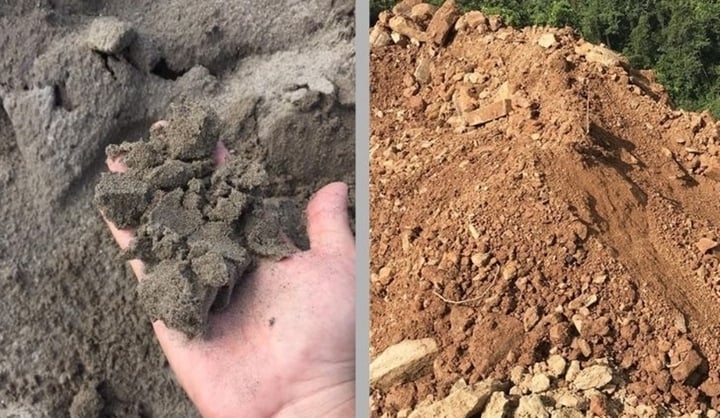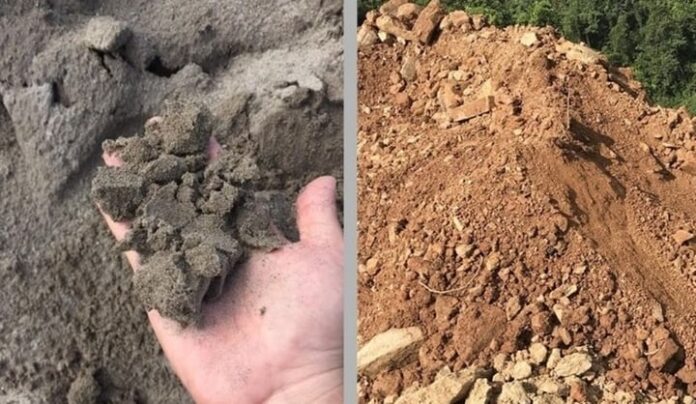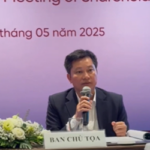Creating a solid foundation for your home is crucial, and there are several options to consider. Each material has its own unique characteristics and effectiveness.
Sand as a Foundation Filler
Sand is a popular choice in modern construction, especially for weak soil foundations. It has good flowability, making it easy to level and requiring less compaction than soil. This attribute saves construction time. Sand also drains well, making it suitable for low-lying or water-prone areas. Additionally, sand tends to have fewer impurities, ensuring a stable base with controlled quality.
However, construction-grade sand, particularly the higher-quality varieties, can be more expensive than natural soil. Using sand alone, without combining it with other materials like gravel, may cause foundation settling. Furthermore, without proper reinforcement, sand can erode in areas with strong water currents.
Soil as a Foundation Filler

Using soil or sand for foundation filling has its pros and cons. (Image source: VLXD Hiệp Hà)
The most significant advantage of using soil as a foundation filler is its low cost. Natural soil is readily available, and in many construction projects, soil is already present from excavation.
Soil, especially clay or silt soil, can be compacted effectively, creating a stable foundation that is less prone to settling over time when properly treated. Additionally, using local soil is cost-effective and environmentally friendly by reducing the need to source materials from elsewhere.
However, a downside to using soil is the challenge of quality control. Natural soil may contain impurities like tree roots, large rocks, or muddy soil, compromising the homogeneity of the foundation. Moreover, soil construction takes longer due to the need for thorough compaction, requiring more labor and machinery than sand.
Sand or Soil: Which is the Better Foundation Filler?
According to architects, each material has its unique characteristics and applications. The choice between sand and soil depends on the specific requirements of the project.
Sand foundations are ideal for low-lying areas that need quick ground elevation. Projects that require a flat surface and efficient drainage may also benefit from sand. Additionally, sand is suitable for houses and villas in areas with high groundwater levels.
As sand resources become scarcer, soil becomes a more logical choice for many projects, especially large-scale ones. Soil foundations are recommended for areas with naturally occurring good-quality soil, such as clay with minimal impurities, and for regions with higher elevations that are not prone to flooding. It is also a cost-effective option for projects with limited budgets.
In practice, many constructions combine both sand and soil to leverage their respective advantages. For instance, the bottom layer may use natural soil to reduce costs and enhance durability, while the top layer utilizes sand for a smooth, well-drained surface that facilitates concrete pouring.
Aspiring to Accommodate: Ho Chi Minh City’s Ambitious Social Housing Goal of 94,000 Homes in Five Years.
The Ho Chi Minh City People’s Committee has proposed a plan to develop 94,000 social housing units by 2030. This ambitious target, outlined in a recent report to the Ministry of Construction, aims to fulfill the Prime Minister’s mandate of providing 100,000 social housing units in the city.
The $77.4 Million Project Stalls: Hanoi’s Century-Old Rotating Bridge Postpones its Retirement
This project faced significant challenges in terms of land acquisition and site clearance. The process of securing the required land and relocating existing structures or residents proved to be a complex and time-consuming task. Negotiations with landowners and stakeholders were intricate, and ensuring fair compensation and minimal disruption to the community was a key priority. Overcoming these hurdles required a meticulous approach and a deep understanding of the local landscape.
“Why Son Hai Corporation was Excluded from the 880 Billion VND Highway Project”
“A recent evaluation report on the tender package for the construction of the Ho Chi Minh City – Thu Dau Mot – Chon Thanh Highway, passing through Binh Phuoc Province, revealed that the Son Hai Group was disqualified due to failing to meet technical requirements. On May 26th, the Son Hai Group issued an official letter protesting the contractor selection outcome.”
The Aviation Authority Addresses “Emerging Defects” Concerning Tan Son Nhat Terminal 3
The aviation authority has instructed ACV and Tan Son Nhat Airport to conduct a thorough investigation and address all issues pertaining to the operation and utilization of Terminal 3.














































